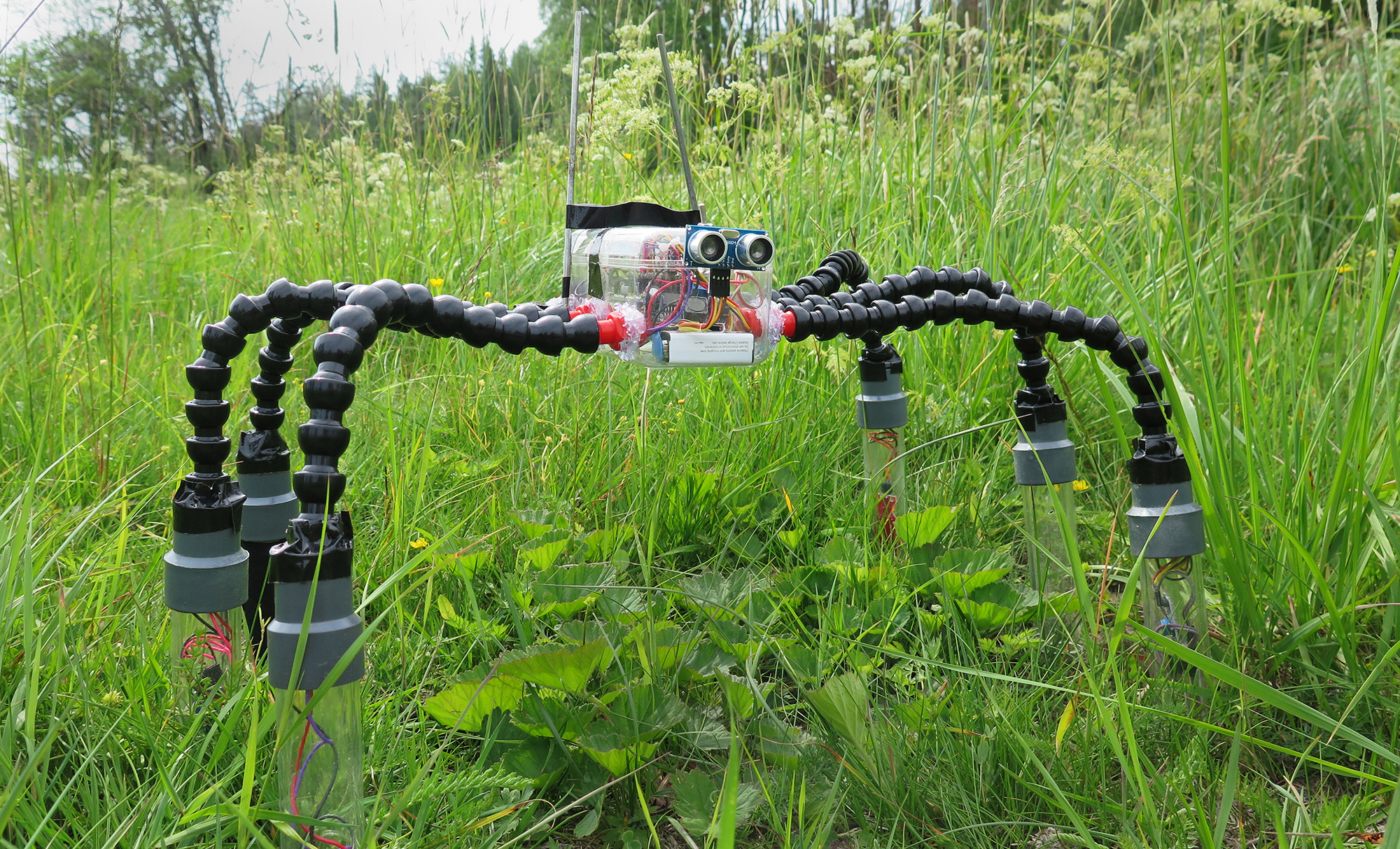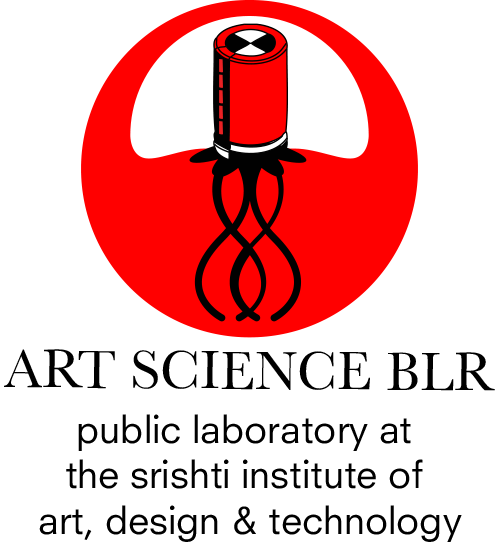
Post by Tasneem Khan of Earth Co.Lab
This began as a conceptual work and series of discussions.
“Lets reconsider how we view an ecosystem, its components, status and health”
“What would one consider to be relevant parameters?”
“How would we measure these? And what does it mean to ‘measure’?”
“How do people understand and relate to the environment around them?”
“Can we expand our language, science and ecology to include sensory experiences like sound as a tool to understand variation?”
“Can we measure with music? Can science be written in sound?”
My practice and overarching pedagogy has always intended to push for analog tools. Observing, documenting, feeling, listening, tasting, smelling – these create profound learning when experienced through direct immersion.
We were now discussing a new approach to learning, using technology. I realized that these are aspects that youth today often find intuitive.
Yet, what we were ideating was a hack that is not independent of human observation – the use of the tool would be driven by observation and requires the user to physically explore spaces. While technology today tends to breed isolation, this hack is intended to enhance our engagement with the living environment around us.
The ‘Ecosystem Tuner’ is an experiment that aims to explore all these questions and ideas….
We have started to build this as a two-part device – the ‘helmet’ and the ‘spider’.
Each device is outfitted with a number of sensors, designed to extend the range of our ability to sense and understand an ecosystem.
Given that my knowledge of physical computing, coding, hardware or anything even remotely connected, was pretty much negligible – Shreyasi began with me at the very bottom – what is a circuit, current, resistance… This learning process soon built into a series of DIY sessions at the (Art)ScienceBLR lab. Each sensor begins with a ‘bread board’ a plastic grid sheet with copper wires, over which a circuit can be crafted. For instance, the circuit for the distance sensor – triggers an impulse then receives a corresponding echo, the circuit is programmed to measure the time taken for the impulse to leave the sensor and for the echo to be received. A ‘code’ is written on Arduino (an open-source electronic coding platform, allowing to create interactive electronic objects) to process this information in time and convert it.
This learning process soon built into a series of DIY sessions at the ArtScienceBlr lab. Each sensor begins with a ‘bread board’ a plastic grid sheet with copper wires, over which a circuit can be crafted. For instance, the circuit for the distance sensor – triggers an impulse then receives a corresponding echo, the circuit is programmed to measure the time taken for the impulse to leave the sensor and for the echo to be received. A ‘code’ is written on Arduino (an open-source electronic coding platform, allowing to create interactive electronic objects) to process this information in time and convert it into a distance reading.
The next few weeks involved shopping for components, building and calibrating different sensors to measure specific environmental parameters.
The various separate components designed and constructed here are a work in progress – moving towards a wearable environmental sensor – one that will capture, filter and systematically log the readings collected by each sensor simultaneously – while providing the wearer with a live feed of all parameters in the form of sound.

In this orchestra, each parameter will then function as an instrument – and each instrument has a set range of frequencies that correspond to the relevant scale of measurement.
Imagine… every ecosystem will have a unique symphony and each symphony will carry a vast amount of information about the conditions, health and history of that space.
Built through a series of DIY sessions by Earth CoLab, the ISRO (Indian Sonic Research Organization) and ArtScienceBlr – we see this is the beginning of our interdisciplinary engagement & inquiry across ecology, physical computing, sound, art, science, geography and education.












